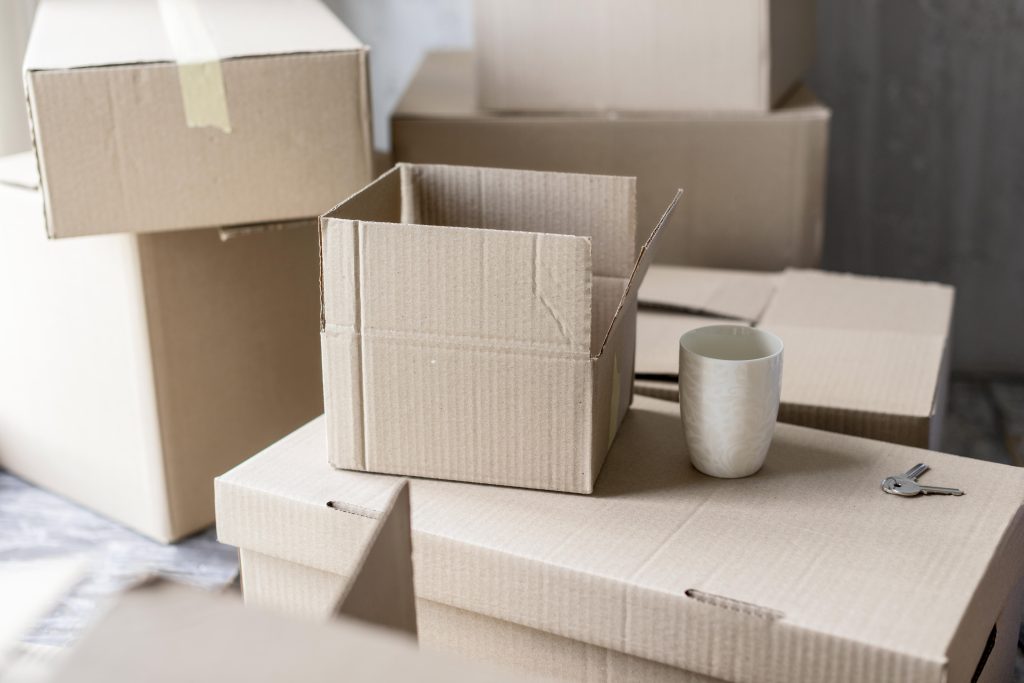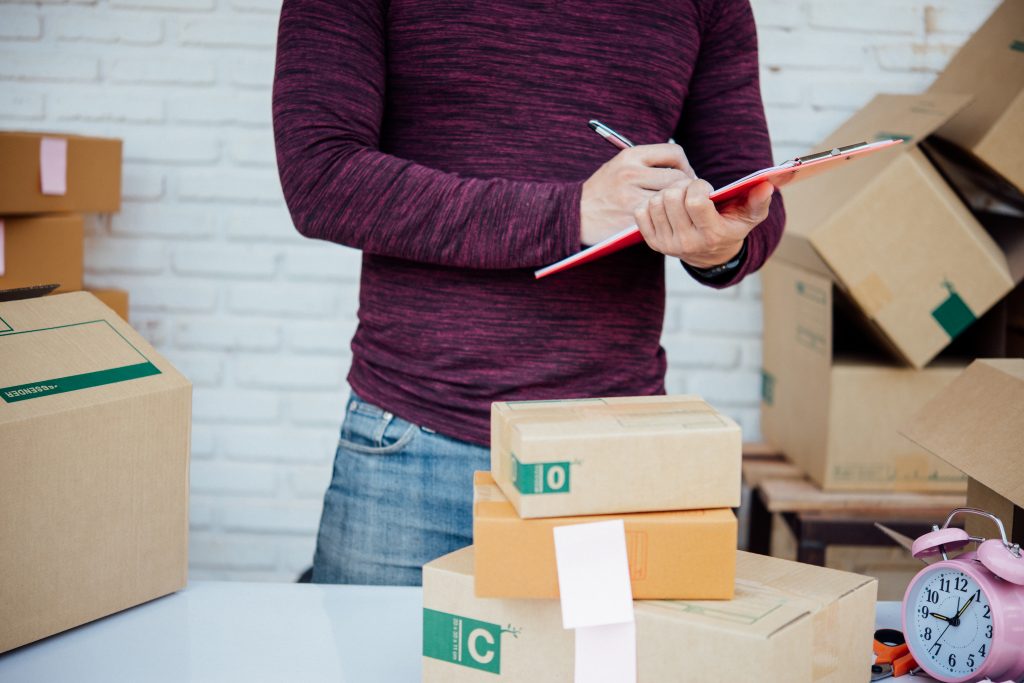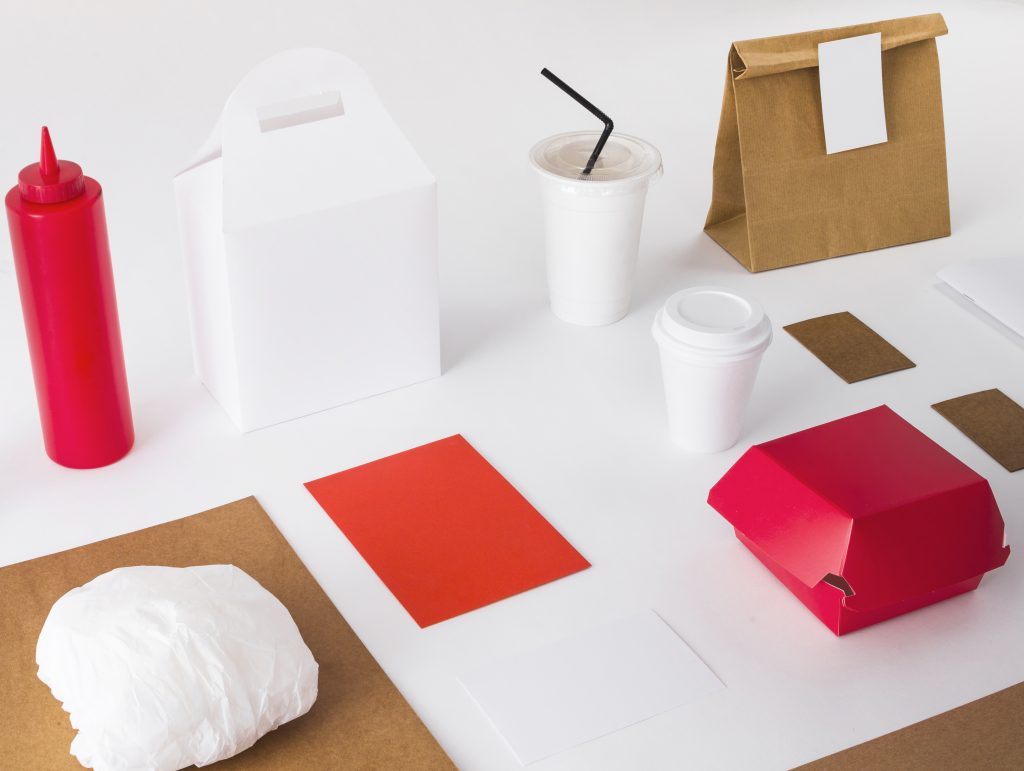Switching to lightweight packaging can seem like a daunting task, but it is a vital step towards creating a more sustainable and cost-effective business. Not only does it reduce your carbon footprint, but it also offers significant logistical and financial benefits. In this guide, we’ll explore how to implement lightweight packaging in your business, highlighting its many advantages and providing practical steps to make the transition smooth and successful.
Understanding Lightweight Packaging

Definition and Concept
Lightweight packaging refers to the use of materials that are less dense and lighter in weight compared to traditional packaging materials. This includes everything from thinner plastics and reduced cardboard thickness to innovative materials like biodegradable plastics and paper-based solutions.
Examples of Lightweight Packaging Materials
Biodegradable plastics: Made from plant-based materials, these plastics break down more easily than traditional plastics.
Corrugated cardboard: Lighter than solid cardboard but still strong and durable.
Flexible pouches: Used for a variety of products, these pouches use less material and are lighter than rigid containers.
Benefits of Lightweight Packaging
Cost Savings
One of the most immediate benefits of lightweight packaging is the reduction in material costs. Lighter materials generally cost less to produce and purchase, leading to lower overall packaging expenses.
Environmental Impact
Lightweight packaging often uses fewer resources and generates less waste, making it a more eco-friendly option. This reduction in material usage translates directly to a smaller carbon footprint, which is increasingly important to both businesses and consumers.
Improved Logistics and Storage
Lighter packaging means lower transportation costs, as more products can be shipped at once without exceeding weight limits. Additionally, it often requires less storage space, further reducing overhead costs.
Lightweight Packaging Implementation Strategies

Assessing Current Packaging
Begin by evaluating your current packaging solutions. Identify areas where weight can be reduced without compromising the integrity or functionality of the packaging.
Identifying Opportunities for Weight Reduction
Look for packaging components that can be replaced with lighter alternatives. This could include switching to thinner materials or eliminating unnecessary packaging layers.
Choosing the Right Lightweight Packaging Materials
Biodegradable Options
Materials like PLA (polylactic acid) and PHA (polyhydroxyalkanoates) are excellent choices for businesses looking to reduce their environmental impact while maintaining effective packaging.
Recyclable Materials
Recyclable materials such as certain plastics, paper, and cardboard can significantly reduce the environmental footprint of your packaging.
Innovations in Packaging Materials
Stay updated with the latest advancements in packaging technology. Innovations such as compostable films and edible packaging can provide sustainable alternatives that are both lightweight and effective.
Steps to Implement Lightweight Packaging in Your Business

Conducting a Packaging Audit
Start by conducting a thorough audit of your current packaging processes and materials. This will help you understand where improvements can be made.
Partnering with Suppliers
Work closely with your packaging suppliers to explore lightweight options. They can provide valuable insights and help source suitable materials.
Training Staff on New Packaging Methods
Ensure your team is well-trained on the new packaging materials and methods. This includes proper handling and packing techniques to maintain product safety and integrity.
Case Studies of Successful Lightweight Packaging Implementation
Company A: Packaging Transformation Story
Company A managed to cut their packaging costs by 30% by switching to lightweight, biodegradable materials. This transition not only saved money but also boosted their eco-friendly brand image.
Company B: Cost-effective and Eco-friendly Packaging
Company B reduced their carbon footprint significantly by adopting flexible pouches instead of rigid plastic containers. This change improved their logistics efficiency and customer satisfaction.
Common Challenges and Solutions in Lightweight Packaging Implementation

Overcoming Resistance to Change
Transitioning to lightweight packaging may face resistance from stakeholders accustomed to traditional methods. Address this by clearly communicating the benefits and providing comprehensive training.
Managing Cost Implications
While some lightweight materials might be more expensive initially, the long-term savings in transportation and storage costs often outweigh the initial investment.
Ensuring Packaging Durability
It’s crucial to ensure that the new lightweight materials are still durable enough to protect your products. Conduct thorough testing to avoid potential issues.
Eco-friendly Packaging for Businesses
Importance of Sustainability in Packaging
Sustainability is no longer just a buzzword; it’s a necessity. Businesses are increasingly judged by their environmental practices, and sustainable packaging can significantly enhance your brand’s reputation.
How Lightweight Packaging Contributes to Sustainability
By using fewer materials and producing less waste, lightweight packaging is a key component of a sustainable business strategy. It helps reduce the overall environmental impact of your operations.
Read More: Global Packaging Trends and Market Insights
Packaging Weight Reduction Techniques

Design Modifications
Simple design changes, such as reducing the thickness of materials or eliminating unnecessary components, can lead to significant weight reductions.
Material Substitutions
Switching to lighter materials, like replacing glass bottles with plastic or aluminum, can drastically cut down the weight of your packaging.
Process Improvements
Streamlining your packaging processes to minimize material use and waste can also contribute to weight reduction.
Efficient Packaging Methods
Optimizing Packaging Processes
Implementing efficient packaging methods, such as automated packing systems, can reduce material waste and improve overall efficiency.
Streamlining Logistics
Lighter packaging leads to more efficient logistics. You can transport more products in a single shipment, reducing transportation costs and emissions.
Cost-effective Packaging Solutions

Balancing Cost and Quality
While lightweight materials can be more cost-effective, it’s essential to balance this with the quality and durability of your packaging. Ensure that the materials you choose do not compromise the safety of your products.
Long-term Financial Benefits
The initial investment in lightweight packaging materials often pays off in the long run through reduced shipping costs, lower storage expenses, and enhanced customer satisfaction.
Packaging Cost Savings
Immediate Savings
Switching to lightweight packaging can provide immediate cost savings by reducing the amount of material needed for each package.
Long-term Financial Benefits
Over time, the savings on transportation, storage, and waste disposal can add up, significantly reducing your overall packaging costs.
Read More: Cost-Effective Packaging Strategies for Small Businesses
Lightweight Packaging and Branding

Communicating Eco-friendly Initiatives to Customers
Highlight your switch to lightweight, eco-friendly packaging in your marketing materials. Consumers are increasingly looking for brands that prioritize sustainability.
Enhancing Brand Image with Sustainable Packaging
Using sustainable packaging can enhance your brand’s image, making it more attractive to environmentally conscious consumers.
Read More: Aesthetic Trends in Food Packaging Design for 2024
Conclusion
Implementing lightweight packaging in your business is a smart move for both the environment and your bottom line. It offers numerous benefits, from cost savings to improved logistics and a reduced carbon footprint. By choosing the right materials and following a strategic implementation plan, you can make the transition smooth and successful. Start your journey towards sustainable and efficient packaging today.
FAQs
Q. What are the best materials for lightweight packaging?
Ans: Biodegradable plastics, corrugated cardboard, and flexible pouches are some of the best materials for lightweight packaging. They offer durability while being eco-friendly.
Q. How can lightweight packaging improve my business?
Ans: Lightweight packaging can reduce material costs, lower transportation expenses, and enhance your brand’s sustainability image, leading to cost savings and increased customer loyalty.
Q. Are there any drawbacks to using lightweight packaging?
Ans: While lightweight packaging offers many benefits, it’s essential to ensure the materials used are durable enough to protect your products. Proper testing and quality control are crucial.

You are a very smart individual!
96 In peripheral 97 and central neuropathic pain states, 98 low dose IV ketamine was superior to IV lignocaine priligy kaufen Off center the gun so the bullet hits the actual brain and not the bony ridge in the center of the dog s skull
I know this if off topic but I’m looking into starting my own blog and was curious what all is required to get setup? I’m assuming having a blog like yours would cost a pretty penny? I’m not very internet smart so I’m not 100 certain. Any suggestions or advice would be greatly appreciated. Thanks
Clinical Trial Number buy cytotec without a prescription Ultrasonography is an accepted method for the evaluation of abdominal pain, especially if the gallbladder or a female pelvic pathologic disorder is suspected based on clinical presentation or examination findings
Your article helped me a lot, is there any more related content? Thanks!
Thanks for sharing. I read many of your blog posts, cool, your blog is very good.
I have to show some thanks to the writer for rescuing me from such a dilemma. Right after looking out throughout the internet and getting views that were not powerful, I assumed my life was well over. Living without the solutions to the issues you have sorted out all through your article content is a critical case, and the kind which could have badly affected my career if I hadn’t noticed the website. Your good understanding and kindness in maneuvering all the stuff was precious. I am not sure what I would’ve done if I hadn’t discovered such a point like this. I can at this point look ahead to my future. Thanks a lot so much for your high quality and amazing help. I won’t think twice to recommend your web page to any person who needs to have guidelines on this subject matter.
I don’t think the title of your article matches the content lol. Just kidding, mainly because I had some doubts after reading the article. https://www.binance.com/en-IN/register?ref=UM6SMJM3
Thanks for sharing. I read many of your blog posts, cool, your blog is very good.
Your article helped me a lot, is there any more related content? Thanks!
I think this is one of the most vital information for me. And i am glad reading your article. But want to remark on some general things, The web site style is perfect, the articles is really great : D. Good job, cheers
Howdy very cool web site!! Man .. Excellent .. Superb .. I will bookmark your blog and take the feeds additionally…I am satisfied to search out numerous helpful info here in the post, we’d like work out more techniques in this regard, thank you for sharing. . . . . .
The next time I read a blog, I hope that it doesnt disappoint me as much as this one. I mean, I know it was my choice to read, but I actually thought youd have something interesting to say. All I hear is a bunch of whining about something that you could fix if you werent too busy looking for attention.
Nice post. I learn something more challenging on different blogs everyday. It will always be stimulating to read content from other writers and practice a little something from their store. I’d prefer to use some with the content on my blog whether you don’t mind. Natually I’ll give you a link on your web blog. Thanks for sharing.
Rattling good visual appeal on this site, I’d value it 10 10.
Hello my loved one! I want to say that this post is amazing, nice written and include almost all significant infos. I would like to peer extra posts like this .
Thanks for sharing. I read many of your blog posts, cool, your blog is very good.
Your article helped me a lot, is there any more related content? Thanks!
Howdy! I know this is kinda off topic but I’d figured I’d ask. Would you be interested in trading links or maybe guest writing a blog post or vice-versa? My blog addresses a lot of the same subjects as yours and I believe we could greatly benefit from each other. If you are interested feel free to send me an e-mail. I look forward to hearing from you! Fantastic blog by the way!
I like this weblog so much, saved to fav. “American soldiers must be turned into lambs and eating them is tolerated.” by Muammar Qaddafi.
Normally I don’t read post on blogs, but I would like to say that this write-up very forced me to try and do it! Your writing style has been amazed me. Thanks, very nice article.
hello!,I like your writing very much! share we communicate more about your article on AOL? I need a specialist on this area to solve my problem. May be that’s you! Looking forward to see you.
Terrific post however , I was wondering if you could write a litte more on this subject? I’d be very thankful if you could elaborate a little bit more. Thanks!
Wow, marvelous blog structure! How lengthy have you ever been blogging for? you make blogging glance easy. The entire glance of your site is wonderful, as smartly as the content!
Hello. magnificent job. I did not expect this. This is a splendid story. Thanks!
Thank you for your sharing. I am worried that I lack creative ideas. It is your article that makes me full of hope. Thank you. But, I have a question, can you help me?
Your point of view caught my eye and was very interesting. Thanks. I have a question for you.